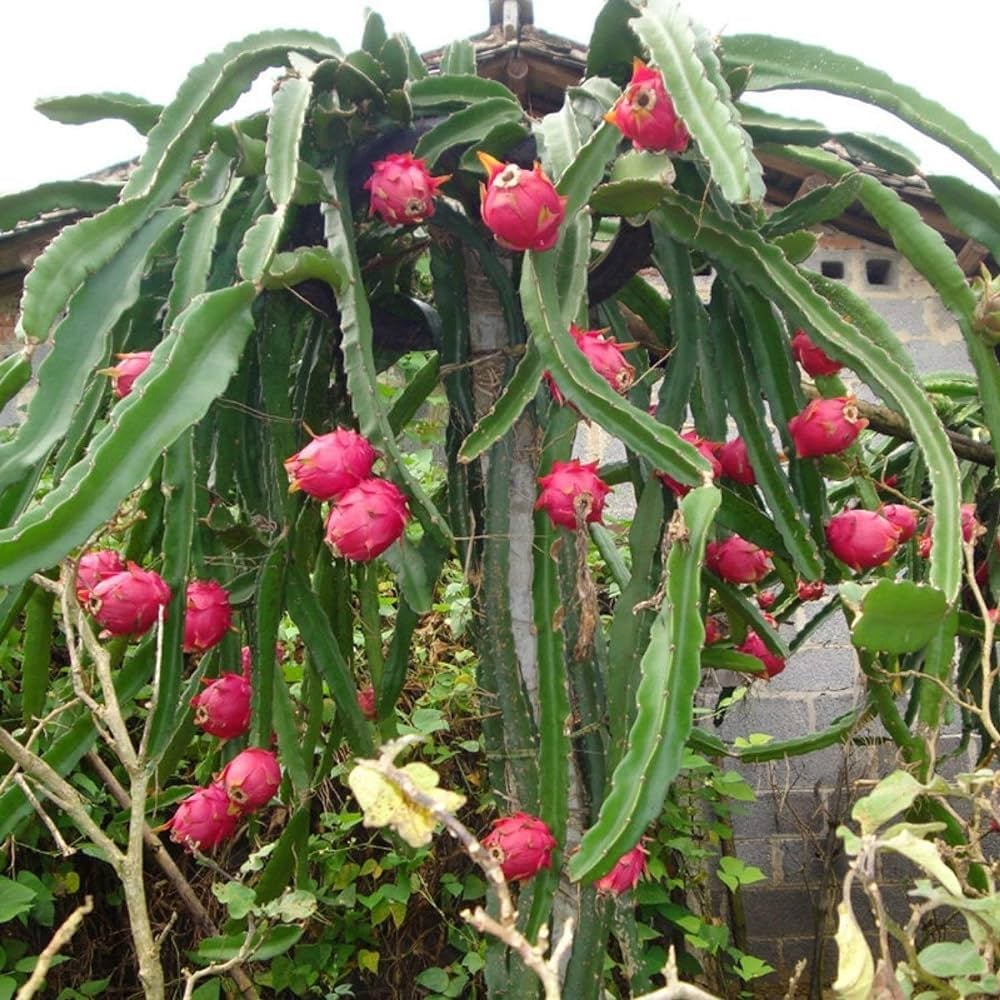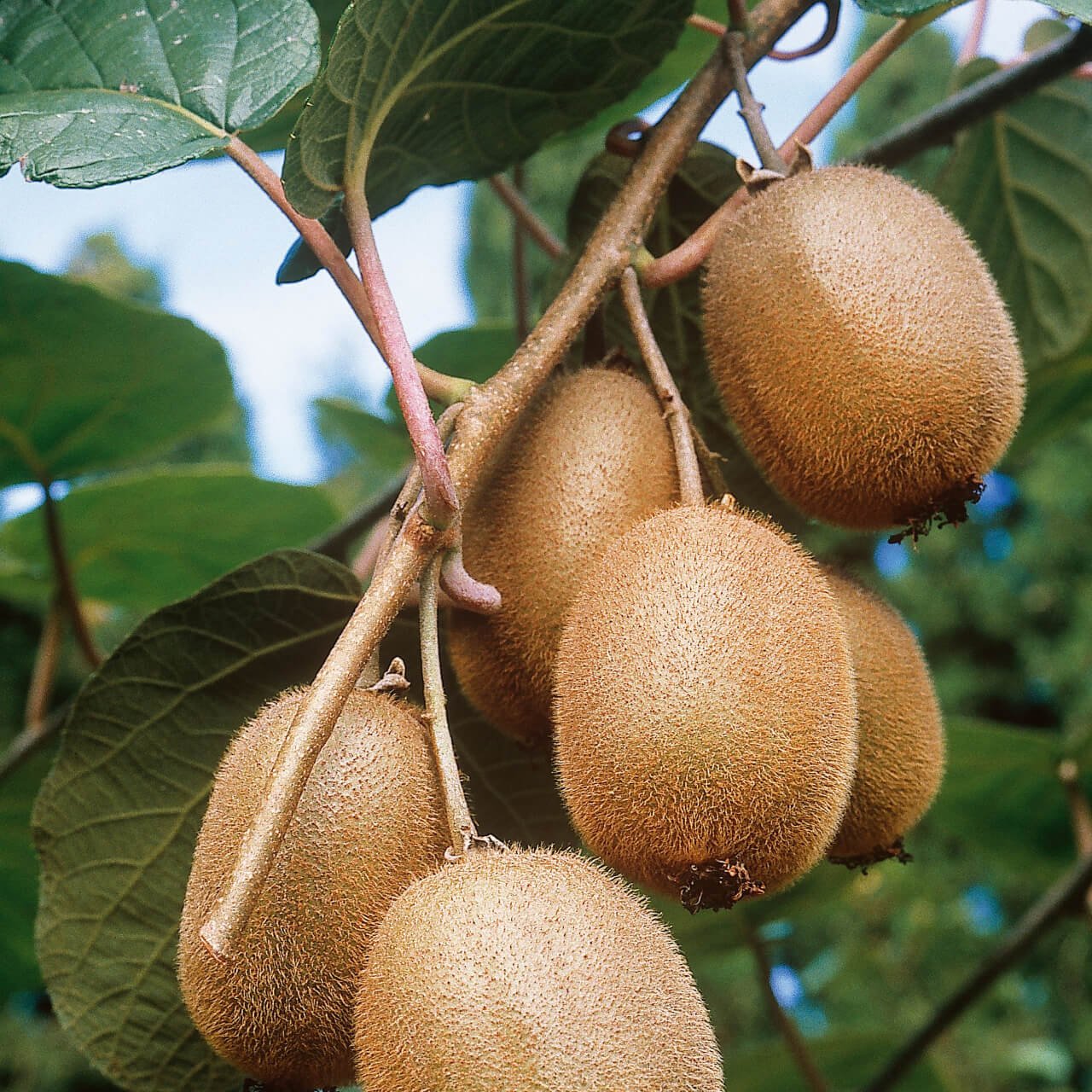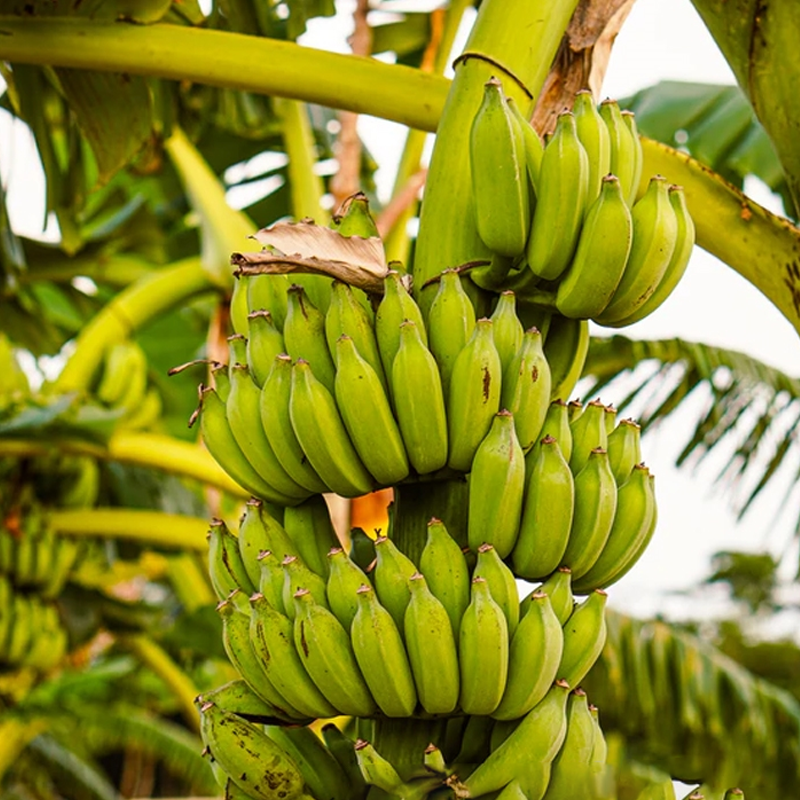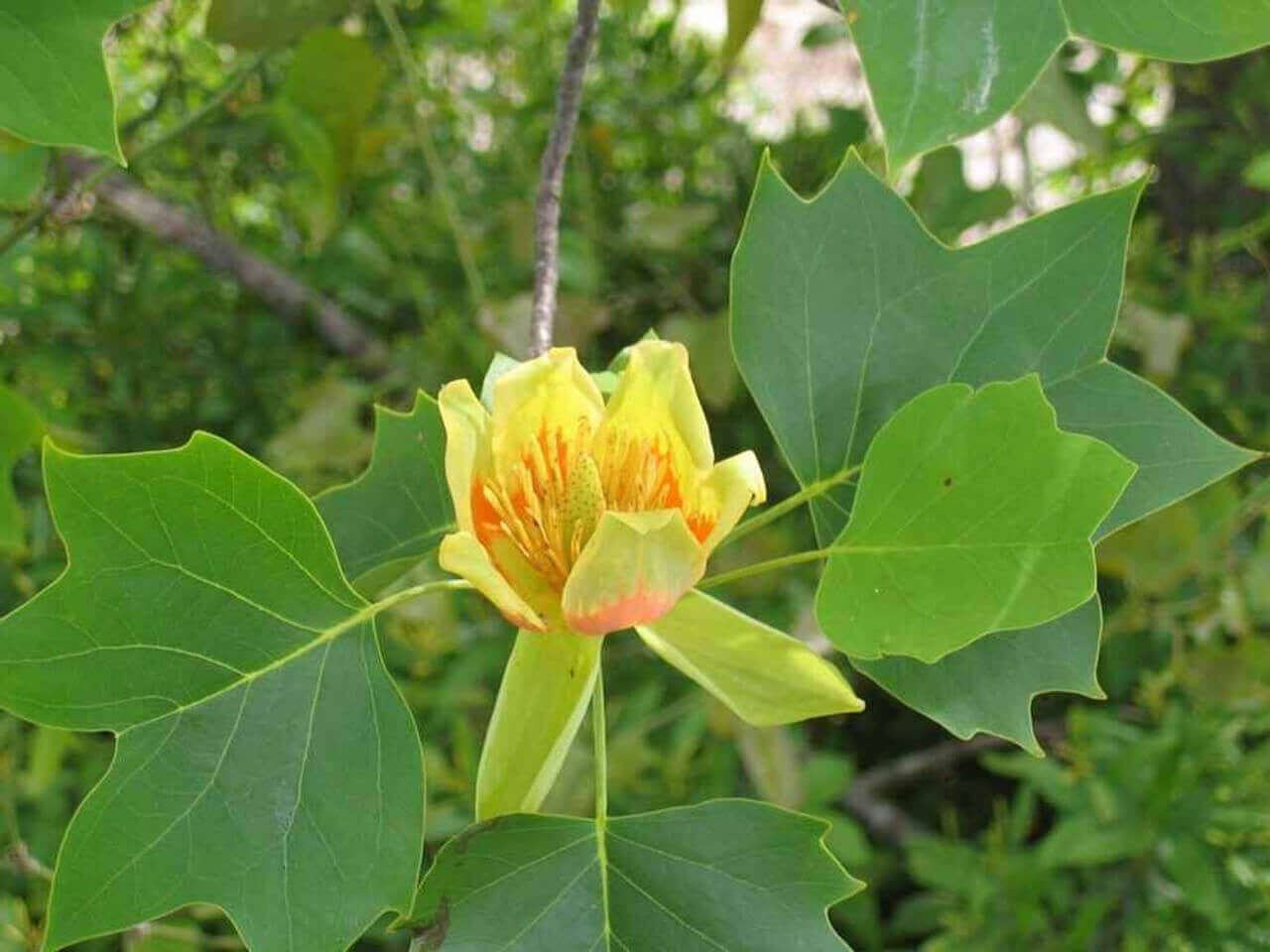

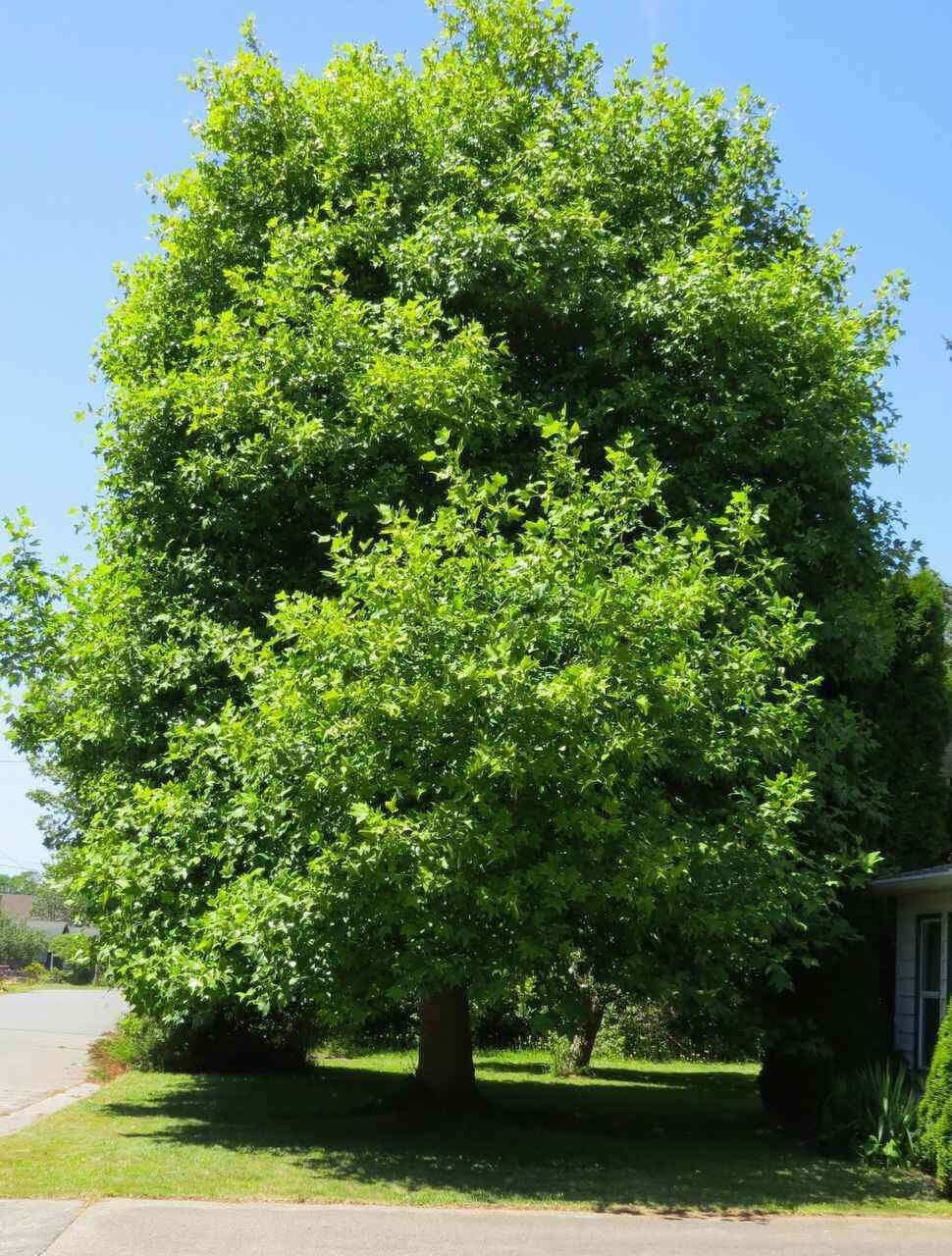

Tulip Poplar Seedlings
Fast-growing with tall, striking form
Attracts beneficial pollinators and wildlife
Minimal maintenance and disease-resistant
Thrives in
ZONE 3ZONE 4ZONE 5ZONE 6ZONE 7ZONE 8This plant ships:
Ships November–April within 10 business days after the order is placed.Tulip Poplar Seedlings - Liriodendron Tulipifera
Tulip Poplar Seedlings are young trees of this species (Liriodendron tulipifera), typically grown from seeds. They display the tree's characteristic tulip-shaped leaves and potential for rapid growth into a tall deciduous tree.
The tallest eastern hardwoods are Liriodendron tulipifera. These fast-growing trees can attain a height of up to 192 feet and grow by an average of three to five feet annually.
The Leaves Of Tulip Poplar Seedlings
They are notable for their uniquely shaped leaves. They are simple, alternate, and have four lobes. In some cases, they look heart-shaped, although the upper portion can resemble a square. When they first appear, they have a lighter green appearance, which later transforms into a bright green. With their unusual look, they become super eye-catching in the fall as they turn bright yellow. Each leaf will be five to six inches wide and long.
May is when the Tulip Poplar Seedlings flowers begin to bloom. Each solitary flower is greenish-yellow, cup-shaped, and approximately two inches long. As each bud opens, it will reveal a bright yellow center that attracts the attention of honeybees. They stand out on the tree and practically beg for your attention. They can be described as resembling tulips, hence this name.
The Fruit Of The Tulip Poplar Seedlings
As September rolls in, these hardwood trees will develop fruit, which is how they reproduce. They take the form of many samaras inside a light brown cone that are spread when the wind blows. As the samaras fly away, they'll leave the axis behind on the tree. That way, they're well-prepared to start the process again the following year.
They tend to be both beautiful and unique, which has led to their planting in a wide variety of neighborhoods. The local wildlife is happy for their presence, especially birds, butterflies, and honeybees. These trees are showy, including their flowers and dynamic fall leaves.
They Live For Over 250 Years
They can also be part of your legacy, as they generally live for up to 250 years. In other words, several generations will get to see them grow. Although they look stunning all year, they come into their own during autumn when their yellow leaves make them impossible to miss.
What's the best fertilizer to use for them?
They should be fertilized with a balanced fertilizer, preferably 10-10-10, applied in early spring to late fall. Do not use excess fertilizers because young roots might be damaged easily; using organic composts improves the structure of the soil and nutrient supply.
How often should I water them?
It is recommended to water them deeply once or twice a week. Soil should be kept moist all the time but not water-logged so that the roots develop well.
Can I grow them indoors?
Although they could be started indoors in small containers, they cannot be grown inside the house for a long time because they take up too much space and need full exposure to sunlight. Take them out once they start growing well and ensure climatic conditions are favorable.
How long do they live?
With adequate maintenance, they develop into trees that can easily live for about 200 to 300 years. They germinate very quickly and, therefore good candidates for sustained landscaping.
Where to grow them?
A preferred location for planting them would be in soil that has good drainage and is fertile and in an area that receives full sun. They are native to temperate regions, and they grow best in slightly acidic to alkaline soils.
This Is How Your Plants Will Look upon Delivery

Bloom Season
Spring
Bloom/Foliage Color
Yellow
Height at Maturity
Over 25 Feet
Care
Tulip Poplar seedlings need consistent moisture, especially during their first few years. Water them regularly, ensuring the soil is evenly moist but not soggy. In early spring, fertilize with a proportional, slow-release fertilizer. Prune to maintain a central leader and remove any damaged branches.
Plant Reproduction
Tulip Poplar seedlings spread via wind-dispersed seeds, forming new growth
Plant seedlings in early spring or fall when temperatures are mild. Choose a well-drained site with the proper sunlight for the tree species. Dig a hole that's deep and wide enough to support but not hamper the root system without bending or crowding the roots. Place the seedling in the hole, ensuring the root collar (where the roots meet the stem) is level with or slightly above the soil surface. Fill the hole with soil, and pack it around the roots to remove air pockets. Water thoroughly after planting and keep the moisture consistent, especially during the first few years, to help the roots establish. Put a 2-4 inch layer of mulch around the base, but keep it away from the trunk to retain moisture and prevent weed growth. Protect the seedlings from pests and physical damage with suitable guards or fencing. Tree seedlings will thrive and grow into strong, healthy trees with proper care.
Shipping date depends on the date displayed and chosen when you order from the product's page.
We only accept returns on plants verified dead. If you think your plants have died, we offer a 1 year warranty, please use this File a Claim Link to verify dead plants and start with return warranty process.






Tulip Poplar Seedlings
This plant ships:
Ships November–April within 10 business days after the order is placed.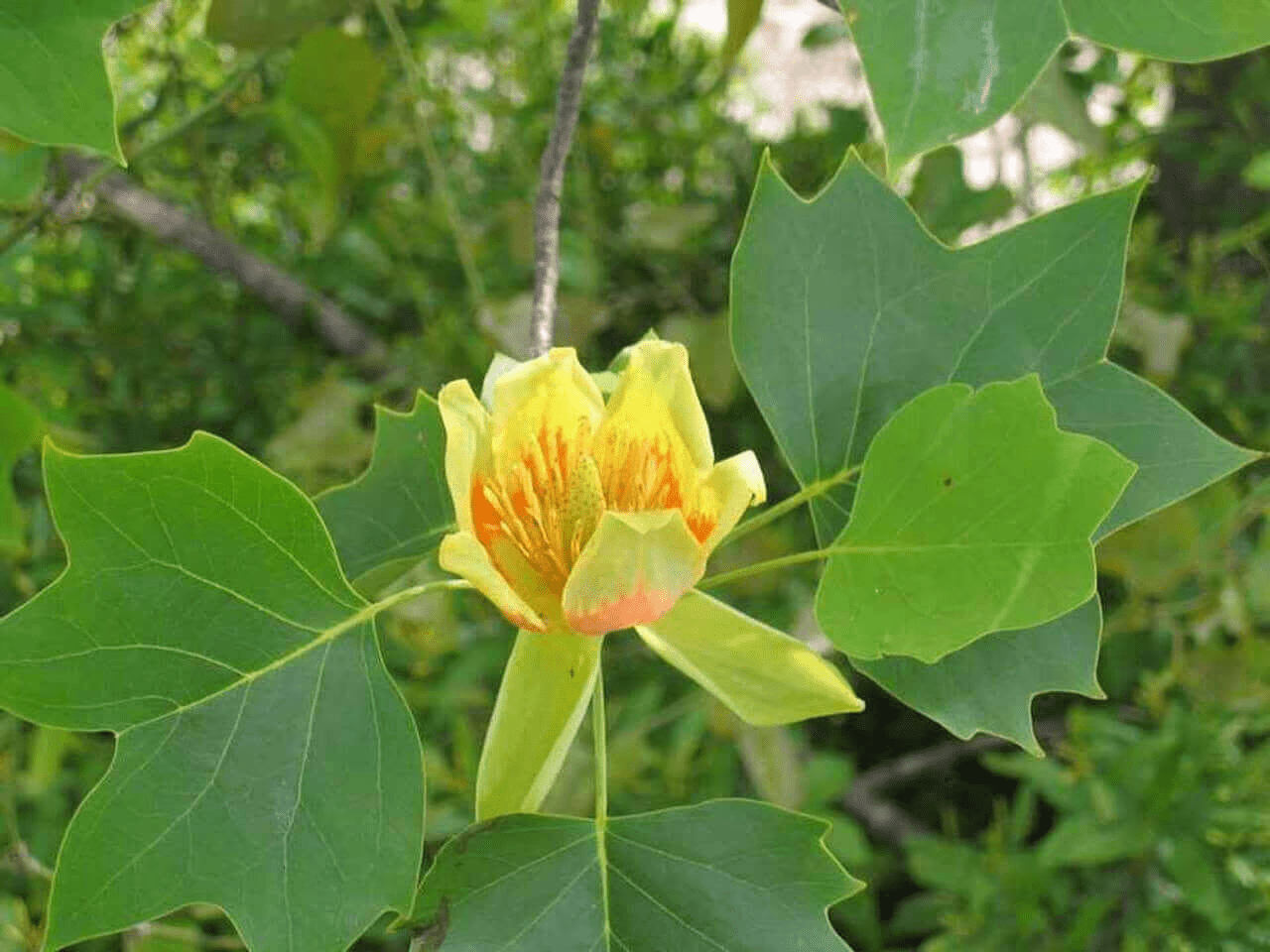
Stunning Aesthetic:
Vibrant green leaves turn brilliant yellow in fall, offering seasonal beauty.
Rapid Growth:
Reaches up to 70 feet quickly, enhancing landscapes in just a few decades.
Hardy and Resilient:
Thrives in various soil types and conditions with minimal maintenance.
Ample Shade:
Provides a cool, comfortable outdoor space with its expansive canopy.
Hardy and Resilient:
Thrives in various soil types and conditions with minimal maintenance.
Caring Tips
How do I care for my Tulip Poplar Seedlings?
Each box contains detailed care instructions and information about your product. But here's the basics.
Care Tips
Tulip Poplar seedlings need consistent moisture, especially during their first few years. Water them regularly, ensuring the soil is evenly moist but not soggy. In early spring, fertilize with a proportional, slow-release fertilizer. Prune to maintain a central leader and remove any damaged branches.
Light Requirements
Tulip Poplar Seedlings thrive in complete sun to little shade, with at least 6 hours of explicit sunlight daily. They prefer well-drained soil and open areas where they can grow tall and straight and reach their full potential.
Hardy Planting Zones
3 • 4 • 5 • 6 • 7 • 8
Header
Use this content to share information about your store and products.
Frequently Asked Questions
How often should I water my plants?
How do I know if my plant is getting too much or too little sunlight?
What should I do to prepare my plants for winter?
What are the signs that my plant needs fertilizing?
How can I prevent pests from damaging my plants?
How do I choose the right plant for my climate zone?



